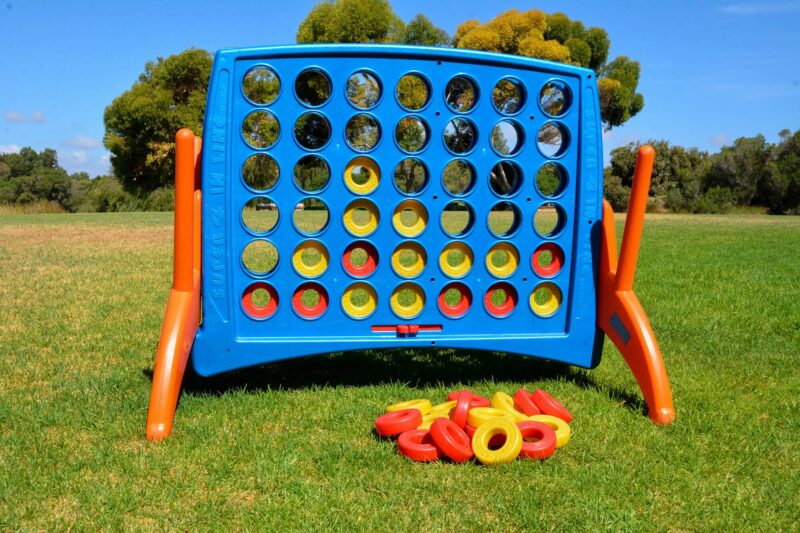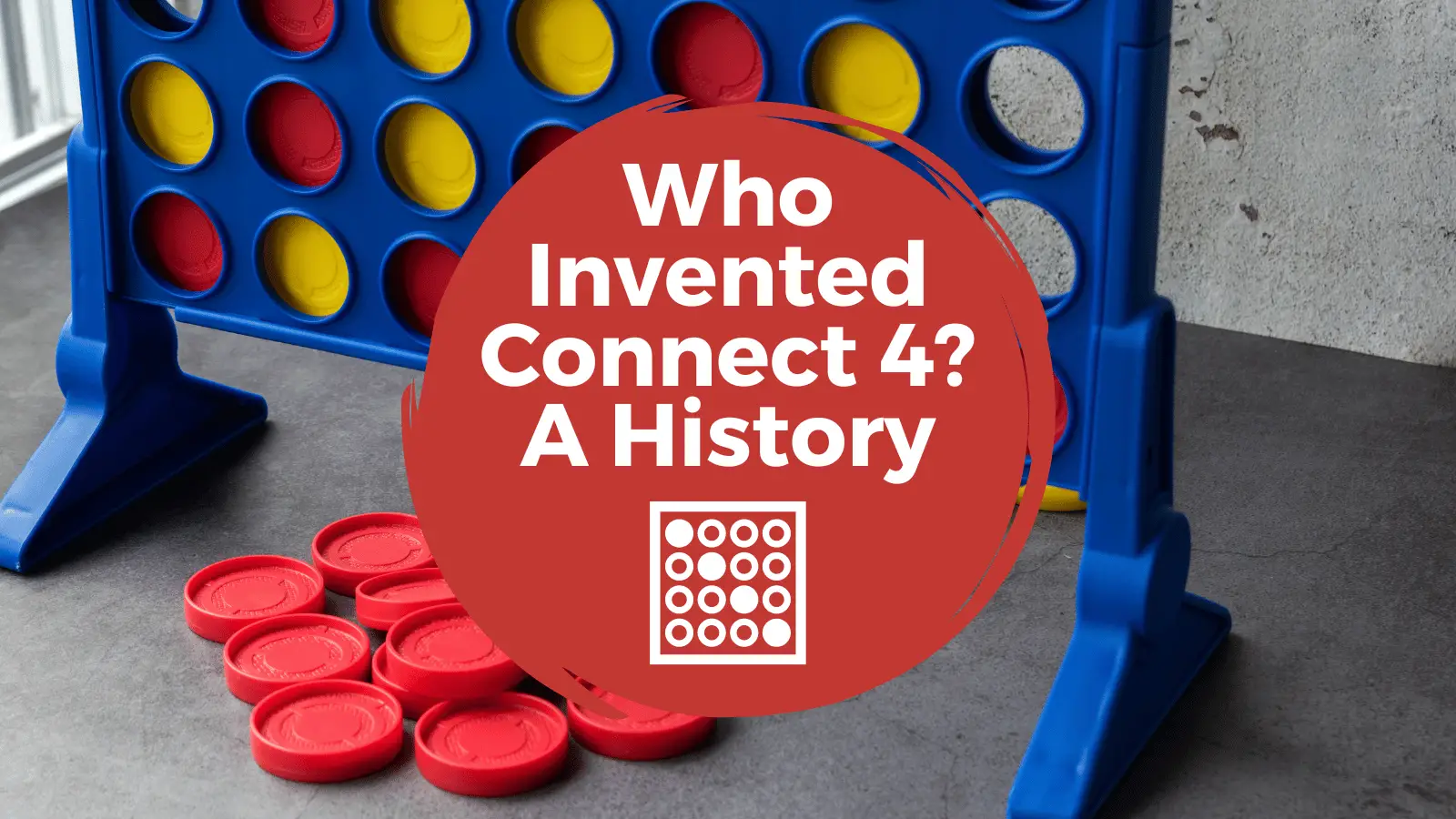The timeless game of Connect 4, a staple in households and a symbol of simple yet engaging gameplay, owes its existence to the creative genius of Howard Wexler. Wexler, an inventor with a keen eye for transforming straightforward concepts into captivating games, brought Connect 4 to life in the 1970s. This game has not only become a beloved classic but also stands as a shining example of Wexler’s innovative approach to game design. His background, particularly in psychology, played a significant role in his ability to create games that were not just fun but also tapped into the fundamental aspects of human interaction and cognitive skills.
Howard Wexler

Delving into the life and mind of Howard Wexler provides valuable insights into the creation of Connect 4. Born in 1926, Wexler showed an early interest in invention and creativity. His career spanned various domains, but it was in the arena of toy and game design where he truly made his mark. Wexler’s philosophy centered around games that were uncomplicated in their rules yet rich in strategic potential. This belief system is vividly reflected in Connect 4, where the simple act of aligning discs in a grid has captivated players for decades. His expertise in psychology gave him an edge, allowing him to understand and harness the elements that make a game both accessible and intellectually stimulating.
The Birth of Connect 4
The journey of Connect 4 from a concept in Wexler’s mind to a beloved game worldwide is a fascinating story. Conceived in the early 1970s, the game’s principle is deceptively simple: two players alternately drop colored discs into a grid, aiming to be the first to connect four in a row, whether vertically, horizontally, or diagonally. This simplicity masks the underlying strategic complexity, a hallmark of Wexler’s design philosophy. It’s this blend of straightforward gameplay and hidden depth that has contributed to the game’s lasting appeal. Click here and discover more on online connect 4 history.
From Idea to Icon
The path that led Connect 4 to become a household name involved a crucial partnership with Milton Bradley, a giant in the board game industry. When Wexler presented his idea, the company immediately saw its potential and embarked on a journey to bring this game into homes around the world. This move by Milton Bradley was instrumental in transforming Connect 4 from a brilliant idea into a tangible, mass-produced game, thereby marking a significant chapter in the history of board games.
Designing for Success: The Unique Appeal of Connect 4

The genius of Connect 4 lies in its design, a perfect marriage of simplicity and strategy. The game’s physical components are minimalistic, featuring a blue grid and colorful discs, making it visually appealing and easy to set up. The rules are straightforward, inviting players of all ages and skill levels to participate. However, the game’s real allure lies in its strategic depth. Players must think ahead, observe and predict their opponent’s moves, and continuously adapt their strategy to the changing situation on the grid. This balance of easy-to-learn rules and complex strategy is what has kept the game popular for generations.
Connect 4 and the Human Mind
The influence of Wexler’s psychological background is unmistakably imprinted on Connect 4. The game challenges players to engage in critical thinking, pattern recognition, and forward planning. These cognitive demands make Connect 4 not just a source of entertainment but also a tool for mental exercise. Its ability to engage players on a cognitive level while remaining entertaining is a key reason for its enduring popularity and widespread appeal.
Beyond the Game Board
Connect 4’s impact transcends the realm of board games, embedding itself into popular culture and even educational methodologies. Its presence is evident in various forms of media and has been adapted into digital formats, large-scale physical versions, and themed editions. The game’s potential as an educational tool, particularly in teaching strategic thinking and problem-solving skills, has been recognized and utilized in various learning contexts.
The Enduring Legacy and Evolving Nature of Connect 4

The ongoing influence of Connect 4 is a testament to Howard Wexler’s visionary creation. The game has inspired a myriad of adaptations, each adding new dimensions and challenges to the original concept. From online platforms to special editions, the game’s flexibility and adaptability showcase its timeless appeal. In the ever-evolving world of games, Connect 4 remains a steadfast favorite, continuing to challenge and entertain new generations of players.
Template for Game Designers
The story of Connect 4 and Howard Wexler offers valuable lessons for aspiring game designers. It demonstrates that the most enduring games often arise from simple concepts coupled with strategic depth. Wexler’s approach to game design, focusing on accessibility and engagement, serves as a template for those looking to create games that are both easy to pick up and challenging to master. The enduring popularity of Connect 4 proves that a game doesn’t need complex rules or elaborate setups to be successful; sometimes, the simplest ideas have the most significant impact.
The Global Reach of Connect 4
Connect 4’s appeal is not limited by geographical boundaries; it has become a global phenomenon. This universal appeal can be attributed to its straightforward gameplay, which transcends language and cultural barriers. The game’s basic premise of aligning four discs is easy to grasp, regardless of one’s background, making it a favorite in various countries and settings. Whether played in a casual family setting, a competitive environment, or an educational context, Connect 4 has a unique ability to bring people together, transcending age, language, and culture.
Summary
In conclusion, Howard Wexler’s creation of Connect 4 stands as a remarkable achievement in the world of games. Its journey from a simple concept to an enduring classic highlights the power of innovative game design. Connect 4’s widespread appeal, adaptability, and educational value make it much more than just a game; it’s a testament to the enduring nature of simple, strategic gameplay and the human desire for challenge and engagement.
Related Posts:
- Why is 8 Ball Pool So Fun to Play Online? Dive into the Joy
- The Story Behind TikTok's Success: A Global…
- Online Pokies Unveiled: Are They a Game of Skill or…
- The Role of Luck in Casino Gambling: Unveiling the…
- The Art of Roulette: Why the Game's Challenge Is…
- Do Laser Scarecrows Work? Are They a Game-Changer…













